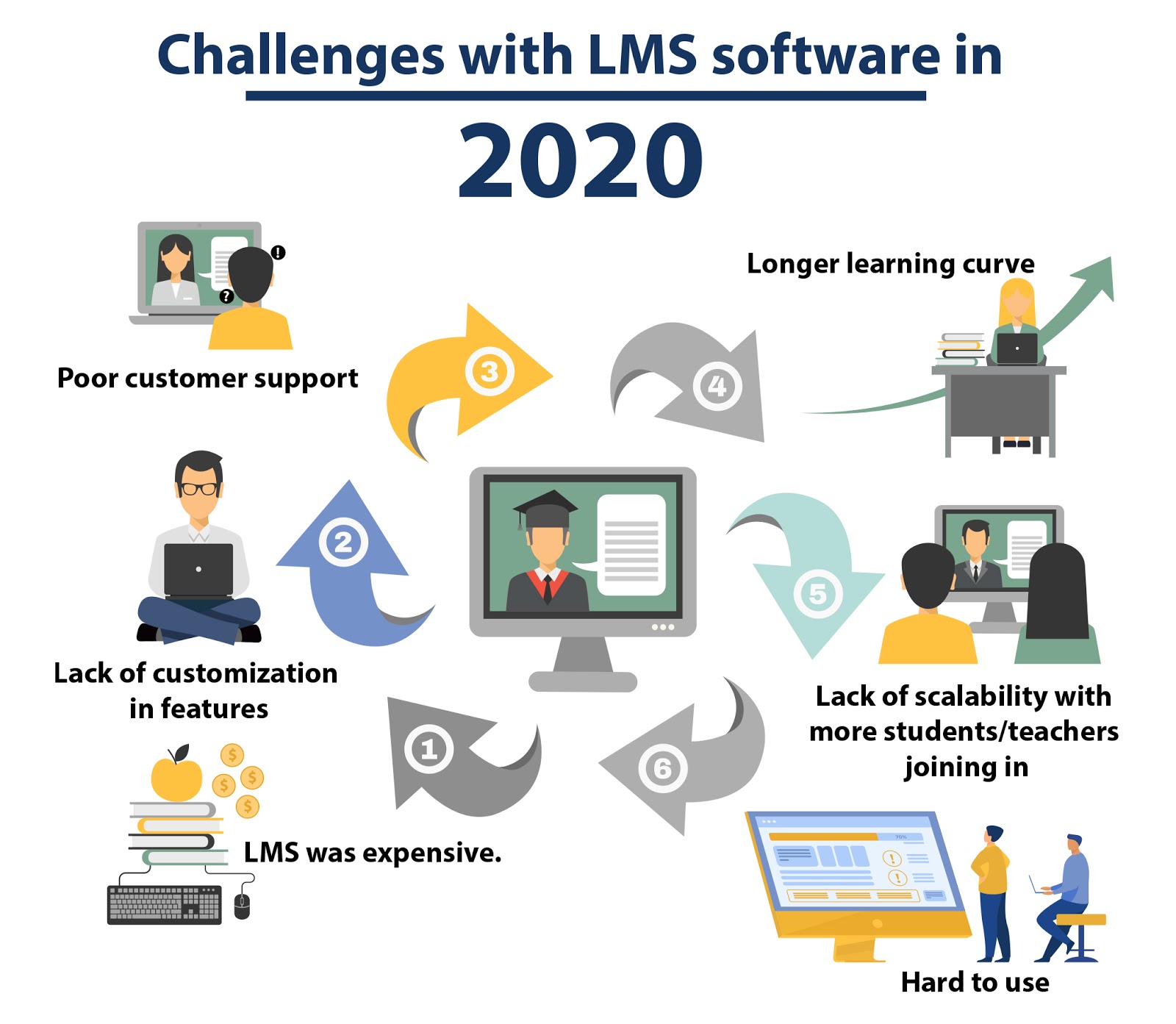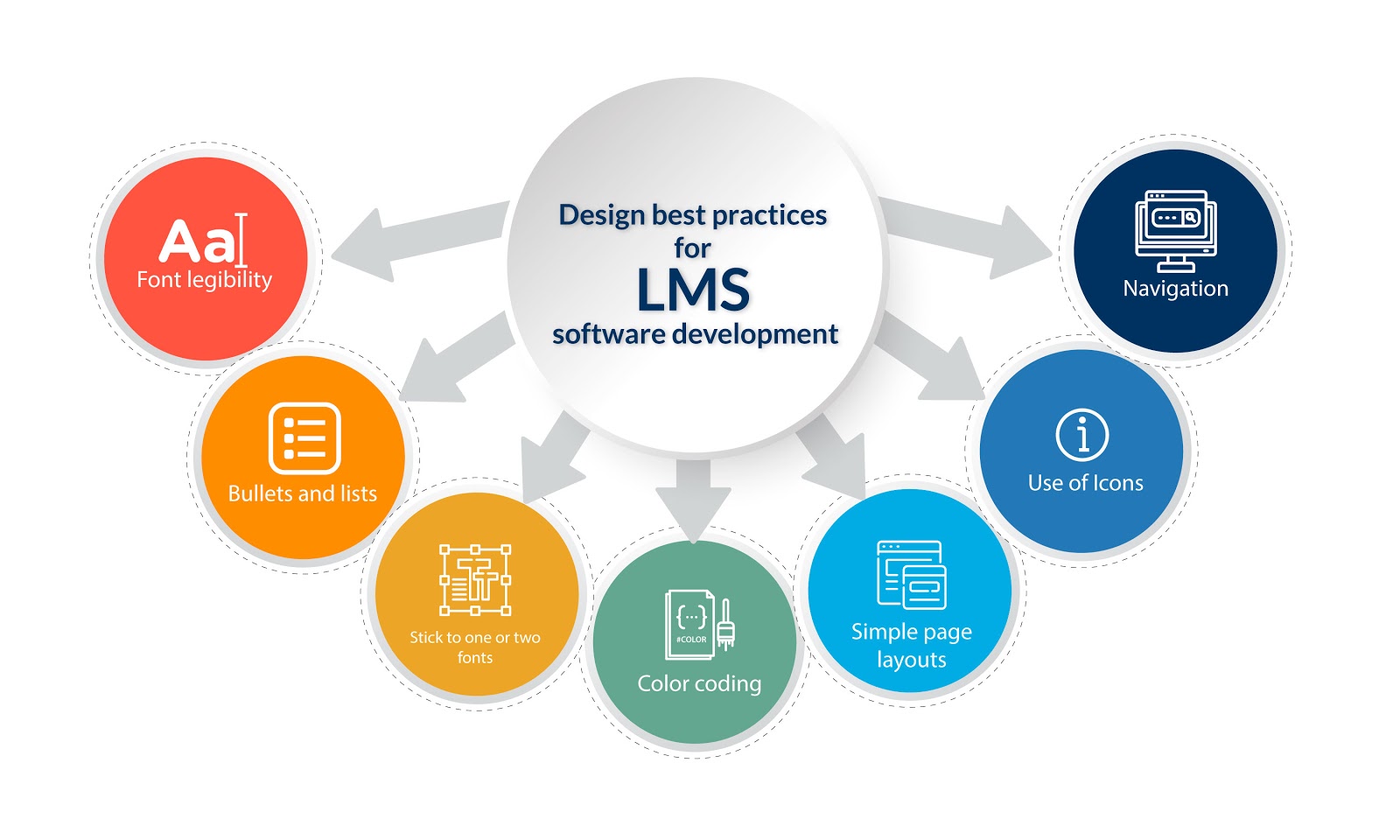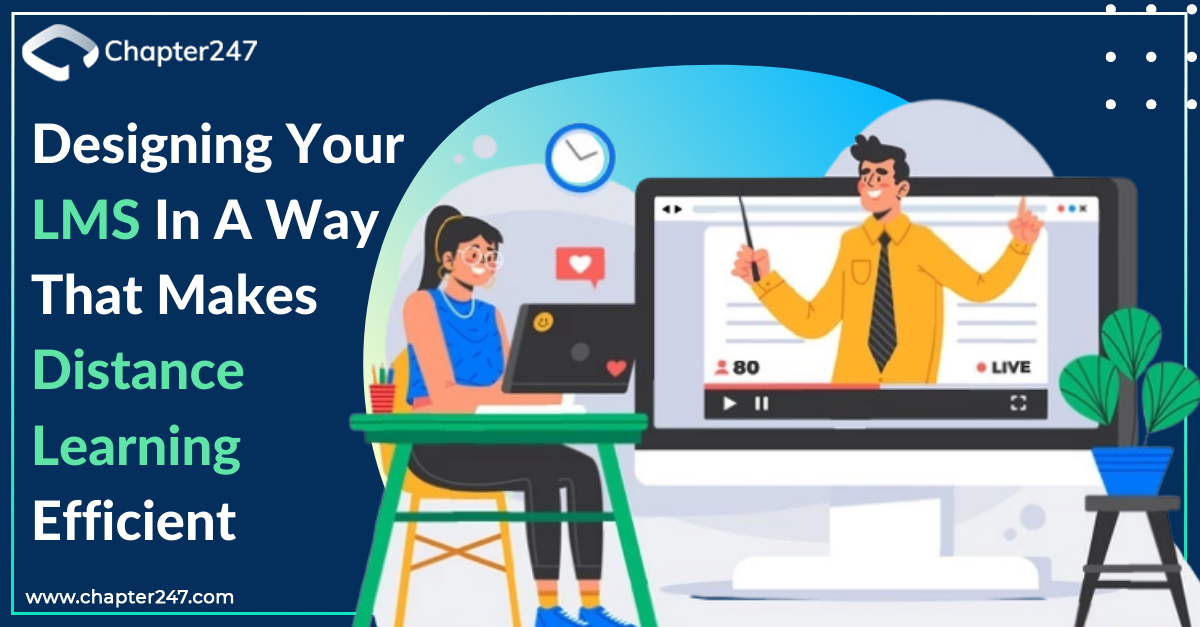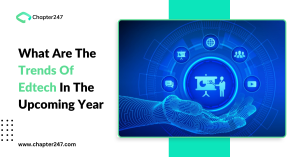Roughly, around 1.2 billion children worldwide were forced to take schooling from home owing to lockdowns in 2020. We are still to get statistics about students going to college. The larger impact of this shift was that schools, colleges and universities had to grapple with the challenges of remote learning and online teaching. On the other hand, teachers had to constantly keep up with engaging students online long enough for the actual learning to happen.
Several institutions that had the infrastructure to facilitate distance learning but hundreds of them had to adapt and innovate in order to keep the process of education going. Though the Online Learning Management System (LMS) existed way before the pandemic, it has now become a necessity. LMS solutions today provide the learning tools and platforms that are badly needed for the teachers and the learners for efficient and continual learning.
What did the LMS solutions lack in 2020?
The year 2020 was the first time the learners and educators tried to keep the learning process on amid bad news. Moreover, the eLearning solutions were new to most of them which made the adoption of LMS software difficult. This was also because traditionally, the classroom is the way to teach worldwide and it was mentally hard to break the convention for parents, teachers and learners. Adapting from the existing system to the new one was a challenge for most educational institutions.
While many schools and universities bought or tied up with Edtech platforms such as Udemy, Coursera etc for distance learning solutions or specific courses, the adaptability was still slow. However, the biggest factor was the lack of customization with LMS features that failed to make individual platforms shine for their learners.

Challenges with LMS software in 2020
|
How can you design LMS features differently in 2021?
# 1 Start with empathy
As developers, it’s recommended to go by ‘design thinking’. That means developers and educators must think like learners – the actual end-users. Not only must the design and LMS features be easy to use for the teachers but also for the learners. It should never be one way or the other. It’s time to create student-centered user personas before the process of development.
# 2 Consider offline and online features
How does networking connectivity affect LMS features? Well, network connections have proved to be the make-or-break factor in the adoption of distance learning software. For a seamless learning and teaching experience, 100% network connectivity at all times is essential. The best way to address this challenge is for educators or app developers to focus on native software development and offline-friendly technologies such as progressive web applications. The LMS system must be hybrid in terms of offline mode and online mode to facilitate things such as availability of features such as document creation offline and tests and assignments or classroom set up to be online.
# 3 Easy content creation tools
Teaching and learning are two evolving processes that must be given the scope of continual content development. Students will generate content in the form of text, drawings/images, audio etc. Teachers, on the other hand, will need to create content in the form of videos, tests, quizzes, assessments etc. A vital factor thus to include during eLearning software development would be to embed features that will enable content creation and that too with a wide enough scope.
# 4 Community-oriented tools
Distance learning software should never be about individual users but community users. That means you are dealing with parents, teachers, students, deans, principals and so on. It’s important to choose tools that will enable the building of connections and facilitate community interactions. For instance, eLearning platforms such as Pear Deck, Seesaw or Edpuzzle allow you to link voice or interactive content into your LMS. Another great example is Flipgrid even allows learners to think together and hear each other’s voices asynchronously. There must be features such as discussion boards, peer reviews etc. to facilitate community interaction.
# 5 High-concurrency friendly
To allow the happening of various activities at the same time involving a lot of users is to make your LMS software high-concurrency friendly. This will make it smoother for teachers and students to be active on the platform all at once, do session tasks such as uploading documents or video classroom or report management all at the same time.
# 6 Cross-platform integration
There’s no way that an LMS software will survive in today’s scenarios if it cannot function on all the platforms. Cross-platform capabilities will make your distance learning software impeccable. This means an Alexa device must be able to remind learners about when the homework is due or a teacher must be able to turn up the assignments through Pages or MS Word or Google doc or students must be able to have an immersive class over a VR device. An AI-powered student tracking system that’s also mobile-friendly is another example of good cross-platform integration.
# 7 Keep the scalability factor in mind
An ideal LMS software today needs to be both extensive and scalable. By scalability is not meant just the number of users or the amount of data it can support in the future but also its adaptability with the traditional software at schools and colleges. That means a large population of learners may return to schools in 2021 and 2022. As a result, the data that’s collected on an LMS software must be re-usable and adaptable to the traditional software at schools. For instance, an online classroom must have a single place for weekly or daily updates, assignments and activities, meeting links, feedback, learning materials and easy accessibility to all these for a later stage. A highly scalable and robust eLearning application will have a long-term impact on the learning.
 Design best practices for LMS software development
Design best practices for LMS software development
- Font legibility is everything. Avoid fun or fancy fonts since many of them are not readable for many students
- Embed the use of bullets and lists, not paragraphs
- Stick to one or two fonts
- Use color coding for emphasis but stick to one to two colors
- Use clean and simple page layouts
- Create icons to reinforce key tasks; avoid distracting art or design
- Navigation must be limited to a couple of clicks; folders within folders or icons within icons can be confusing
There are several other factors that you must know before building your LMS platform. The above pointers, however, are enough to get you started. However, the most crucial factor in building and designing good LMS software is empathy for students or learners. This is exactly what our developers do while designing apps and platforms for facilitating eLearning solutions.
If you wish to enhance the learning experience of your learners, a thoughtfully crafted LMS solution may be the right answer. If you wish to talk, do let us know.








